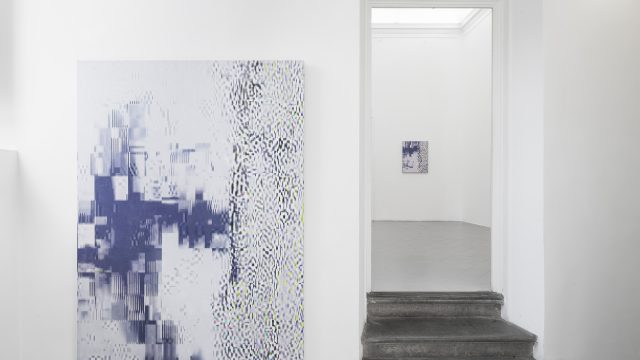“We Irish are too poetical to be poets; we are a nation of brilliant failures, but we are the greatest talkers since the Greeks.”1
– OSCAR WILDE
Genieve Figgis is a consummate storyteller. Using paint rather than words, her deeply narrative works—often conjuring characters and settings out of the Edwardian age of the Anglo-Irish aristocracy—fit snugly within this long tradition of Irish cultural production. While it may seem essentialist, if not a political minefield, to overemphasize national identity in critical discussions of Figgis’ work, it could be argued that what distinguishes her use of figuration from the slew of contemporary painters is a distinctive translation of the Irish “blarney” into a pictorial form. What theorists such as Eagleton wrote of nineteenth century Irish writers such as Oscar Wilde’s ambivalent relationship to Britannia could easily applied to Figgis’ own work: both conjure Anglo-Irish society at the cusp of Irish independence. A world that is infused with qualities of “violence, travesty, affection, complicity, mimicry, subversion, mutual mystification.”2
As such, the tormented apparitions of this burdened past are natural subjects for Figgis—an artist who has been saddled with the harrowing legacy of the infamous “Irish Question” (the British ruling class euphemism for Irish Nationalism) since childhood. Living and working in County Wicklow, after first establishing herself in Dublin, the imprint of lush, rural acreage as well as legible traces of Irish history percolate through each of her canvases. Having spent most of her career in relative solitude in Ireland, her career progressed down an unorthodox path. After completing her formal schooling later in life into her thirties, she was serendipitously “discovered” on Twitter by a famous American artist, thus bringing her work almost instantaneously to a wider audience. With this influential endorsement, Figgis went from relative obscurity in Dublin to exhibiting in New York, Chicago, Toronto and London, all in the space of three short years. Despite this sudden international turn, Figgis uses her intrinsic Irish flair for narrative as a generative core for her practice.
Time travel is a genre of storytelling that Figgis has mastered—fictions that are often born out of her love for the materiality of paint. Her pigmented swirls and their alchemical outcomes may be dictated by chance, but there is a deliberate narrative intensity that motivates these pictures in order to transport the viewer to an ambiance of a lost era. Figgis beckons us to time travel drives via these experimental gestures. Often returning to recurrent scenarios, Figgis’ frequent use of group scenes in which an atmosphere of an Edwardian past is suggested through drizzle paint that approximates the lacy sleeve, the romantic flicker of a soon to be extinguished candle, or the formal etiquette of this foregone period. The tension between what is depicted and what is left to the imagination—character, ambiance, genre, plot—goad the viewer to expand upon the implicitly elaborate stories contained in each scene, rather than passively digest an explicit tale illustrated in the pictures. While the class status of Figgis’ characters is always perfectly legible, the facial rendering of these figures is almost always obfuscated through Figgis’ treatment of paint. Figgis’ narratives are rooted in a collective imaginary—and while perhaps it’s a politicized/psychoanalytic stretch, it could be argued that this imaginary is deeply preoccupied with the contradictory repulsion and attraction that constitute the Anglo-Irish relationship.
To borrow a term from The Unabridged Devil’s Dictionary, Figgis inhabits the painterly equivalent of a “Spooker”—a coinage of the great 19th century satirist Ambrose Bierce who devised the term to describe “a writer whose imagination concerns itself with supernatural phenomena”3. As a Spooker, Figgis tells stories of these living-dead Irish subjects caught in a struggle for self-determination in the language that is not even their own— transforming this linguistic “strangeness” that Eagleton pinpoints in the Irish gift of the gab to animate the storytelling ingrained in her paintings.
1. Richard Ellmann, Oscar Wilde, (New York: Vintage Books, 1987), p. 301
2. Olivia Parkes, “The Irish Artist Attacking the Female Figure with Paint,” https://broadly.vice.com/en_us/article/the-irish-artist-attacking-the-female-figure-withpaint (published October 23, 2015, accessed on September 5, 2016)
3. Ambrose Bierce, The Unabridged Devil’s Dictionary, David E. Schults & S.J. Joshi, eds. (Athens and London: The University of Georgia Press, 2000) p. 217.
Excerpt from Alison M. Gingeras, « Picturing Blarney – Notes on the Irishness of Narrative in the work of Genieve Figgis » (2017)
Almine Rech Gallery (press release)

June 3 — July 29, 2017
© Genieve Figgis – Courtesy of the Artist and Almine Rech Gallery – Photo: Hugard & Vanoverschelde Photography
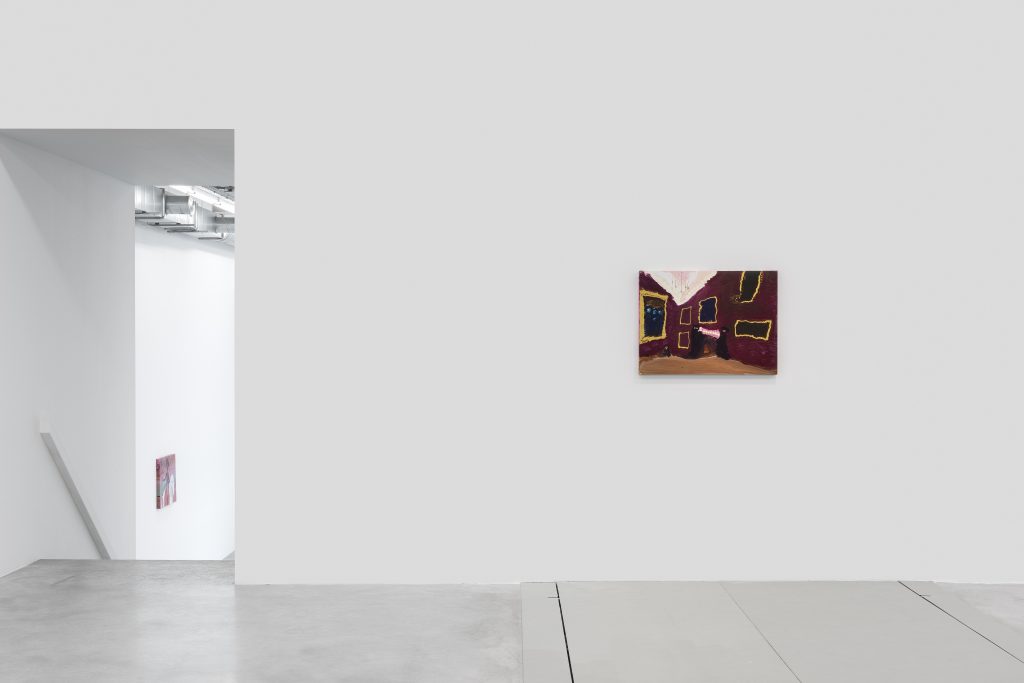
June 3 — July 29, 2017
© Genieve Figgis – Courtesy of the Artist and Almine Rech Gallery – Photo: Hugard & Vanoverschelde Photography

60 x 80 x 4 cm, 23 5/8 x 31 1/2 x 1 5/8 in.
Genieve Figgis ‘What we do in the shadows’ at Almine Rech Gallery, Brussels, June 3 — July 29, 2017
© Genieve Figgis – Courtesy of the Artist and Almine Rech Gallery
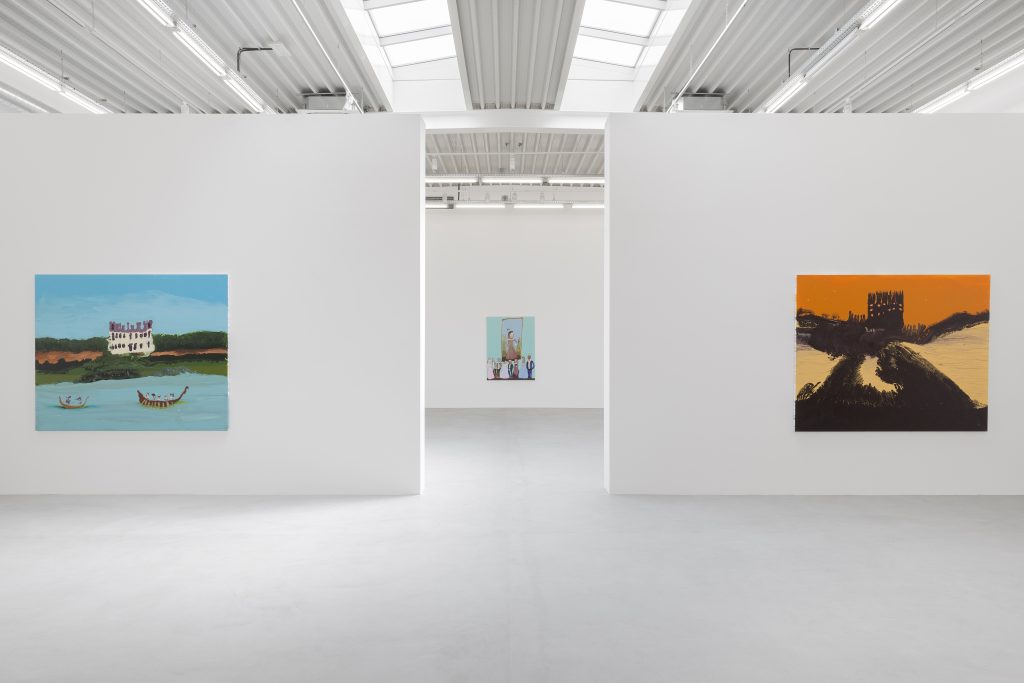
June 3 — July 29, 2017
© Genieve Figgis – Courtesy of the Artist and Almine Rech Gallery – Photo: Hugard & Vanoverschelde Photography

June 3 — July 29, 2017
© Genieve Figgis – Courtesy of the Artist and Almine Rech Gallery – Photo: Hugard & Vanoverschelde Photography
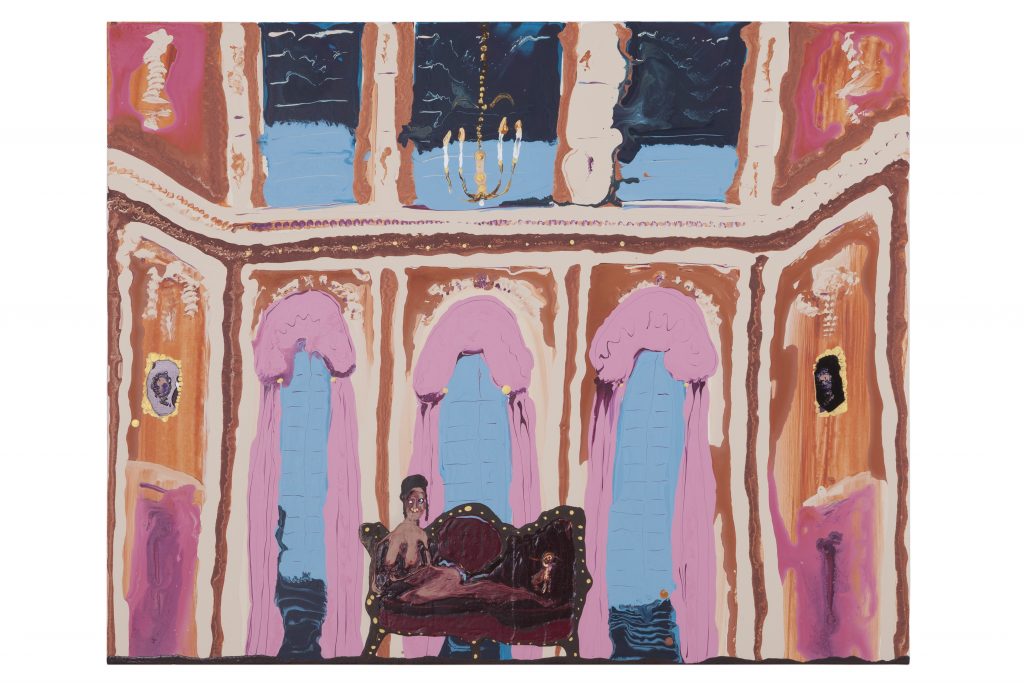
Acrylic on canvas, 80 x 100 x 4 cm, 31 1/2 x 39 3/8 x 1 5/8 in
Genieve Figgis ‘What we do in the shadows’ at Almine Rech Gallery, Brussels June 3 — July 29, 2017
© Genieve Figgis – Courtesy of the Artist and Almine Rech Gallery
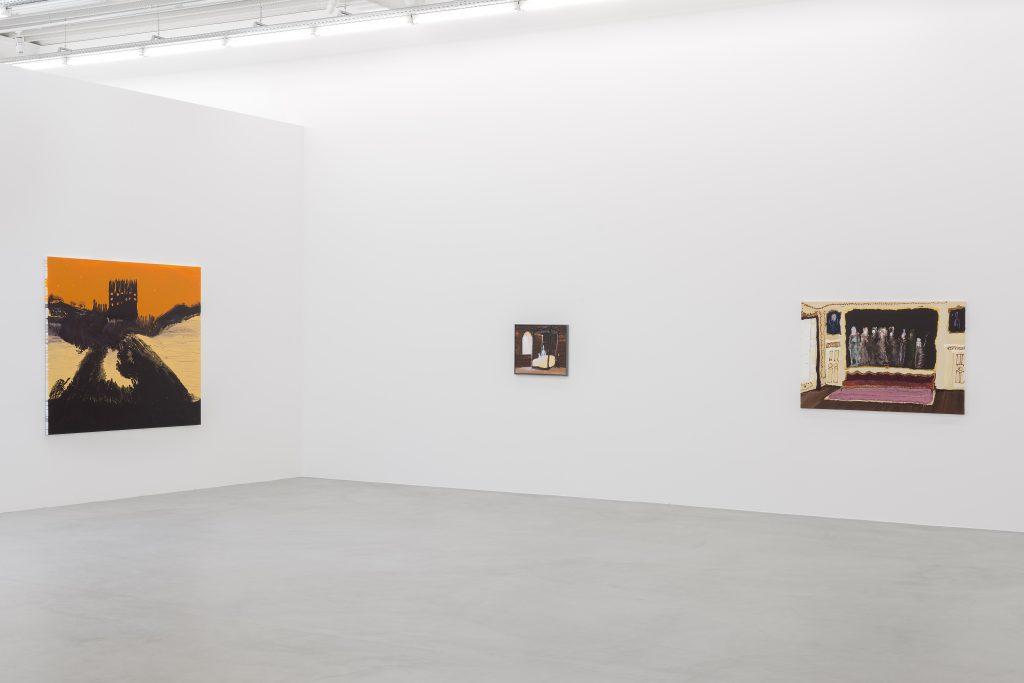
June 3 — July 29, 2017
© Genieve Figgis – Courtesy of the Artist and Almine Rech Gallery – Photo: Hugard & Vanoverschelde Photography
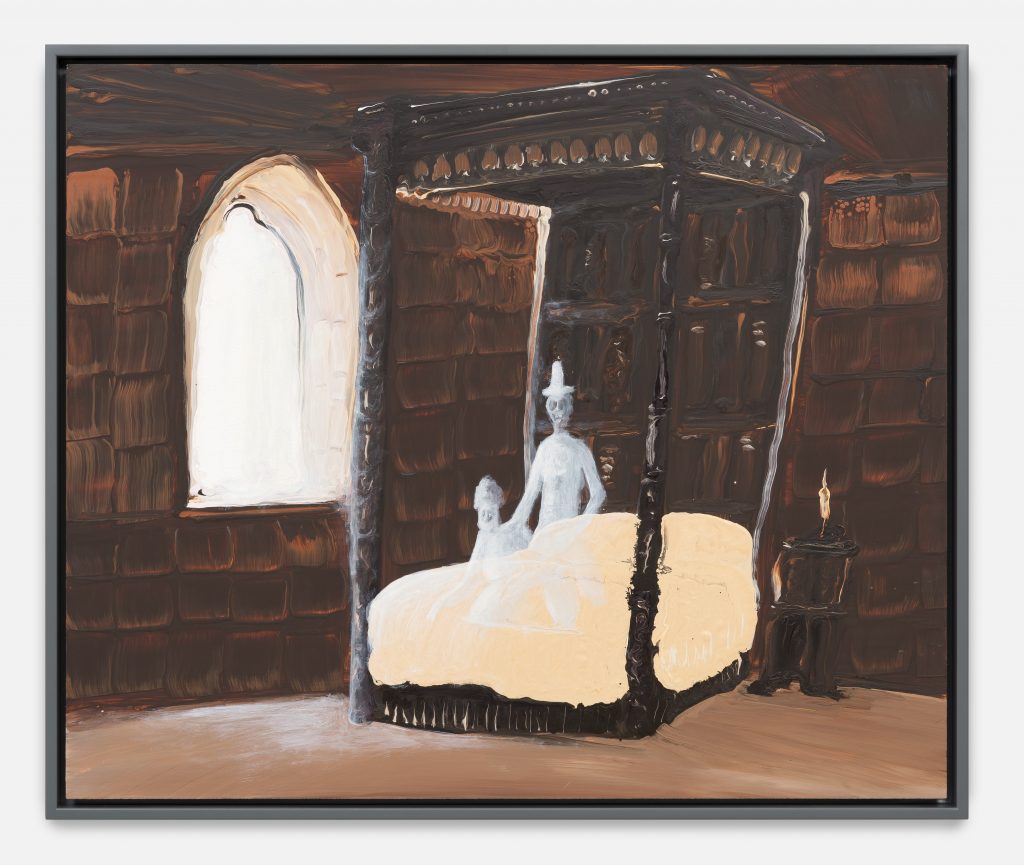
Genieve Figgis ‘What we do in the shadows’ at Almine Rech Gallery, Brussels, June 3 — July 29, 2017
© Genieve Figgis – Courtesy of the Artist and Almine Rech Gallery

June 3 — July 29, 2017
© Genieve Figgis – Courtesy of the Artist and Almine Rech Gallery – Photo: Hugard & Vanoverschelde Photography
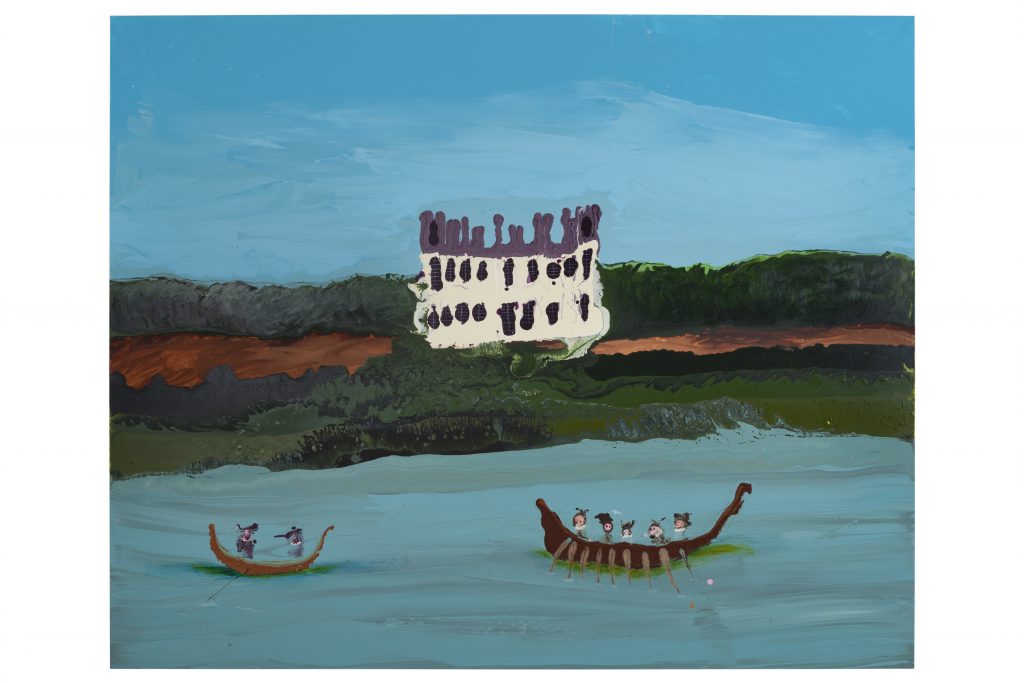
Genieve Figgis ‘What we do in the shadows’ at Almine Rech Gallery, Brussels, June 3 — July 29, 2017
© Genieve Figgis – Courtesy of the Artist and Almine Rech Gallery
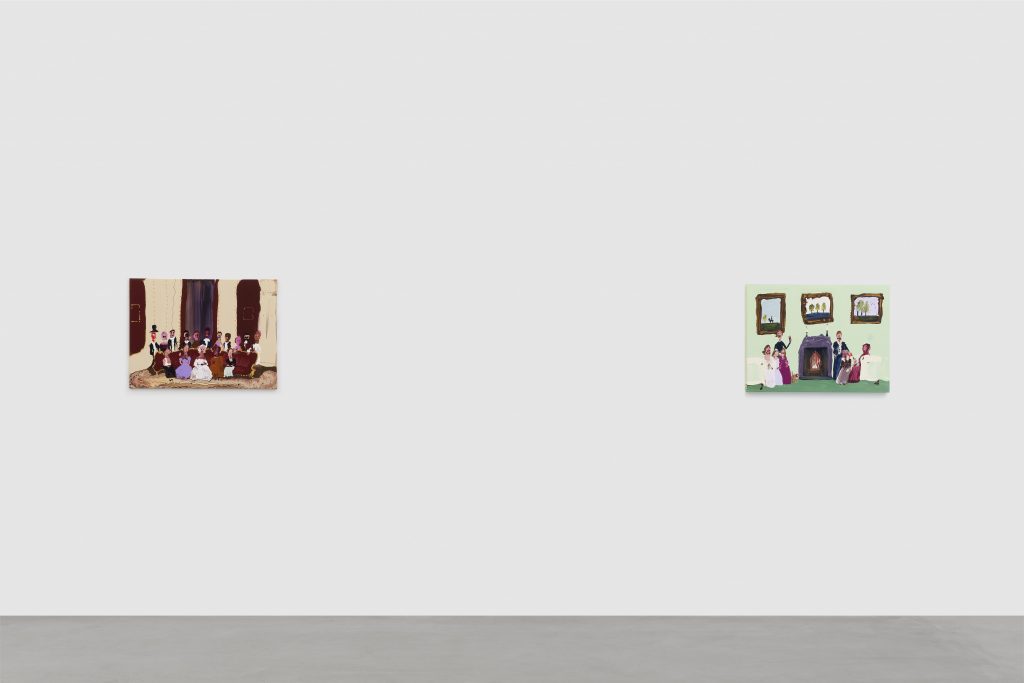
June 3 — July 29, 2017
© Genieve Figgis – Courtesy of the Artist and Almine Rech Gallery – Photo: Hugard & Vanoverschelde Photography

162,6 x 121,9 cm
64 x 48 in.
Genieve Figgis ‘What we do in the shadows’ at Almine Rech Gallery, Brussels
June 3 — July 29, 2017
© Genieve Figgis – Courtesy of the Artist and Almine Rech Gallery



